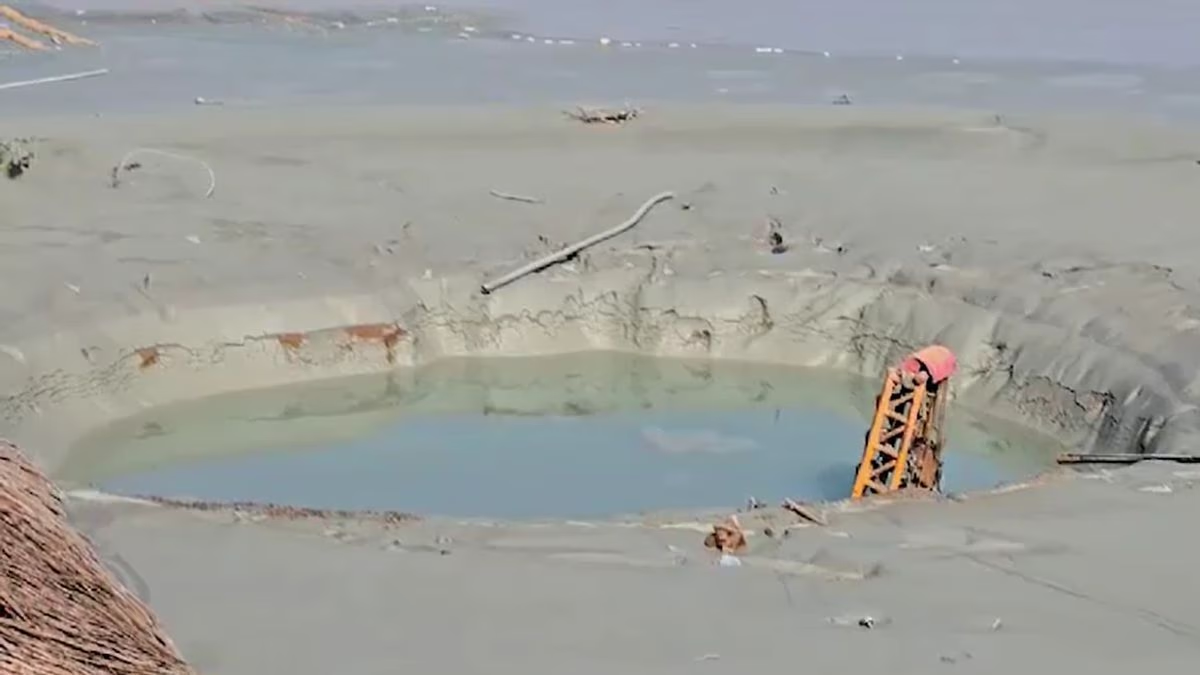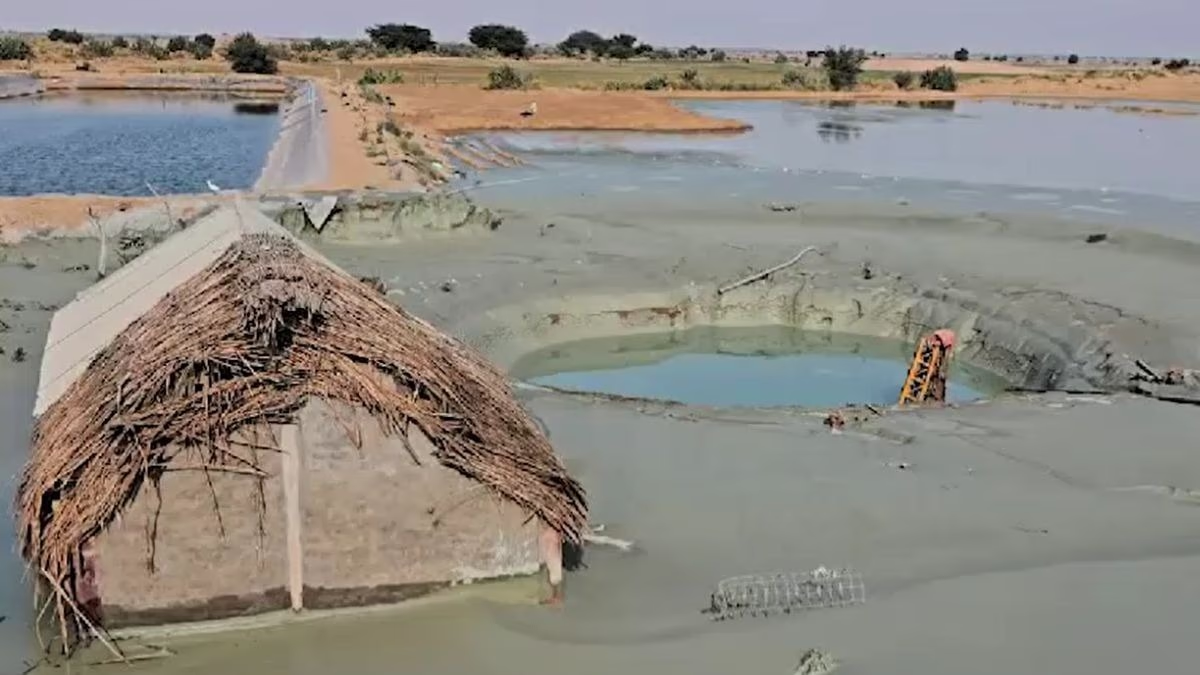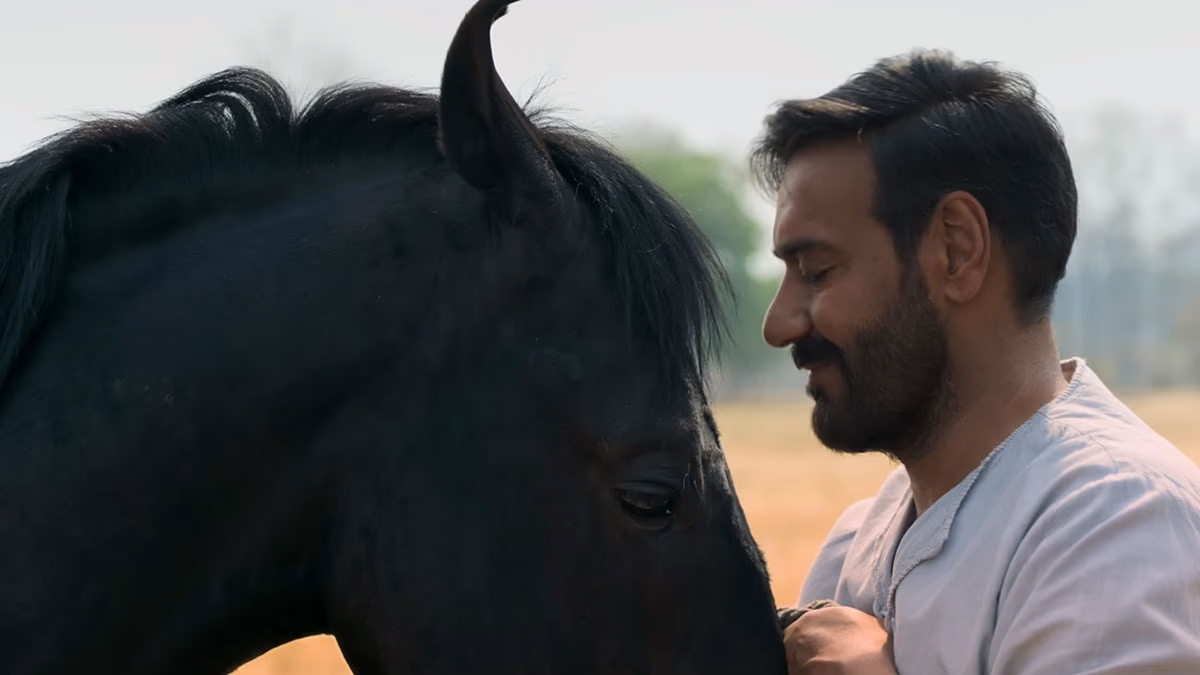In the recent borewell drilling in Mohangarh, Jaisalmer, a machine along with a truck was engulfed by the earth. During this event, water burst out with great pressure, creating a scene reminiscent of the sea. Various claims regarding this incident arose, including one suggesting the water might be from the Saraswati River. Groundwater scientists, however, have unequivocally rejected this claim.
White, smooth clay accompanied the water, leading some to speculate it was Saraswati River water. Due to the salty nature of this water, scientists refute the Saraswati River hypothesis. Researchers believe this region was part of the Tethys Sea about 250 million years ago, encouraging further scientific investigations. The salty borewell water and white clay bolster the sea water hypothesis.
Groundwater experts have stated that Tertiary period sand is emerging from the ground, suggesting that this water could be 6 million years old, possibly predating the Vedic era. Comprehensive studies are necessary, and experts recommend digging several wells for exploratory purposes.
Watch the Video Here
Boring for a tube well was underway in a field in Mohangarh, Jaisalmer, when the truck and machine disappeared underground. Subterranean water began to flow, continuing for three days. Consequently, ONGC's crisis management team from Baroda arrived to conduct studies at the site.
Thereafter, it was debated whether to extract the truck and machinery from the borehole. Meanwhile, technical reports were submitted to Collector Pratap Singh Nathawat. The water level in the borehole continues to drop, though subterranean gas is surfacing, emitting bubbles through the water.
More: Jaisalmer Borewell Mishap: Earth Fractures, Truck Buried, Water Flows Like a River
ONGC's team advised the villagers against extracting the machine and truck, citing high costs and the potential for renewed water flow, suggesting the presence of these vehicles might have halted the water.
The state government is taking these events and natural occurrences seriously, dispatching the groundwater department's minister for review. The ministers inspected Vikram Singh’s field, where gas and water had suddenly emerged during borewell drilling. Accompanying officials included Jaisalmer MLA Chhotu Singh Bhati, Sub-Tehsildar Mohangarh Lalit Charan, senior groundwater scientist Dr. Narayan Das Inkhia, among others.
Minister Kanhaiyalal announced an investigation into the sudden emergence of pressurized water and gas during the borewell drill. The local administration provided a prompt response and appropriate action, and they will also assess and assist with the damages at Vikram Singh's field.
Watch the Video Here
Senior groundwater scientist Dr. Narayan Das Inkhia reported that the water flow from the Mohangarh borewell has ceased, and samples have been sent for analysis. This cannot be Saraswati River water, which is over 5,000 years old, compared to the 6 million-year-old borewell water.
Further Reading: Jaisalmer's Water Flow Ceases After Three Days, Subterranean Water Identified
Dr. Inkhia explains that the accompanying sand is from the Tertiary period, older than the Vedic period, so claiming this is Saraswati water is premature. Additional studies and excavation of 8-10 wells will be required for further research. Despite popular belief, groundwater flows between rocks, not as underground rivers, reaching the surface when pierced.
Dr. Inkhia asserts this is definitive evidence of an ancient sea. The borewell's soil sample appears marine-based, and water TDS is around 5,000. Despite TDS being higher in seawater, mineral salts in the borewell water could reduce it. As for the Saraswati, its path lies near the border in Tanot, where shallow but sweet water has emerged from the earth.

Source: aajtak
Currently, research is vital on the Saraswati in Jaisalmer, where paleo channels have been identified. Decades ago, research by the Bhabha Atomic Research Centre confirmed such channels in Tanot.
A similar event occurred years ago in Nachana's Jaluvala, where persistent water flow eventually ceased along with the pressure. Subsurface massive rocks hold the water confined, and breaking these could allow water passage. Impervious layers called Fuller's Earth or clay lie beneath Mohangarh and Nachana's ground in Jaisalmer.
Related: Dwarka Drowned, Seas Rise, Where's Saraswati? ISRO's Quest for Answers
The mere mention of Jaisalmer conjures images of vast deserts, yet some scientists claim it was once part of the world's grand Tethys Sea 250 million years ago. To one side of today's Jaisalmer was the immense depth of the Tethys, and to the other, dinosaur dominions.
Long before camels roamed, Jaisalmer hosted winged dinosaurs as large as fighter planes, amidst a thick forest of towering trees. In its seas swam colossal sharks, whose fossils in Asia are limited to Jaisalmer, Japan, and Thailand.
Intrigued by the claims of an ancient sea, international scientists flock to Jaisalmer for study. The most compelling evidence lies in Aakal village's Wood Fossil Park, home to million-year-old tree fossils turned to stone over time.




